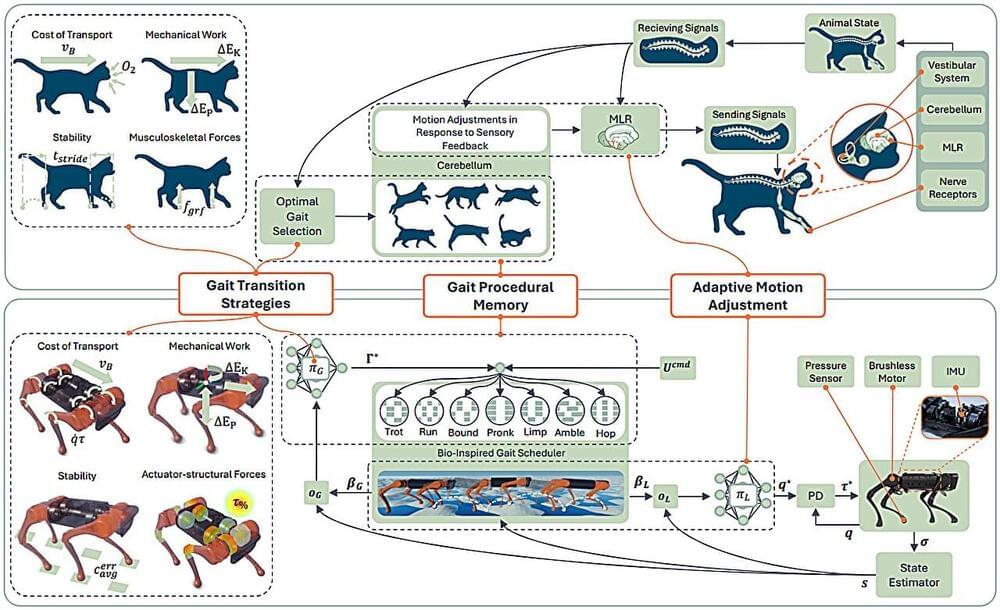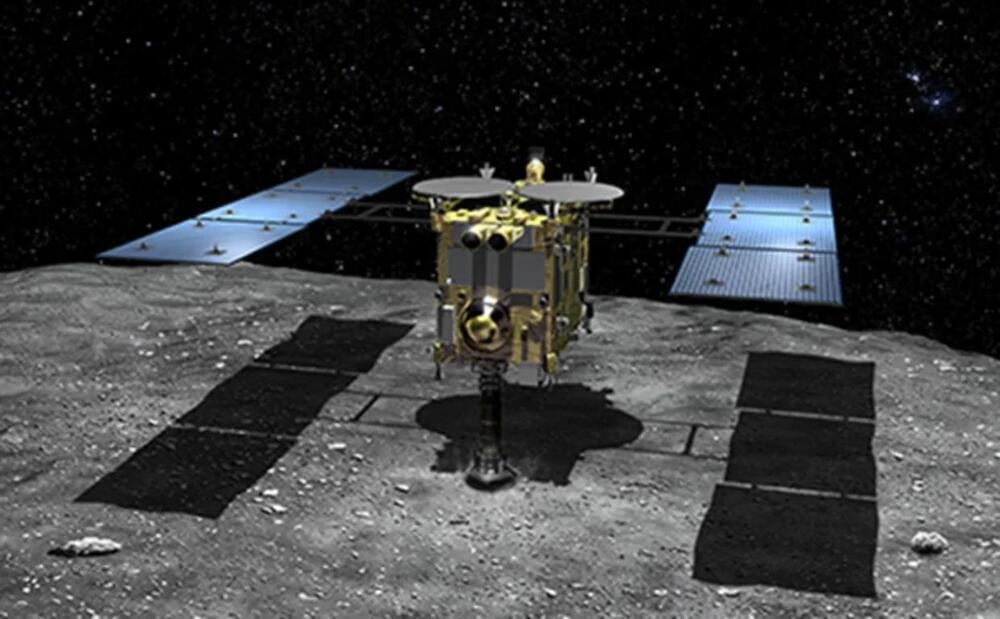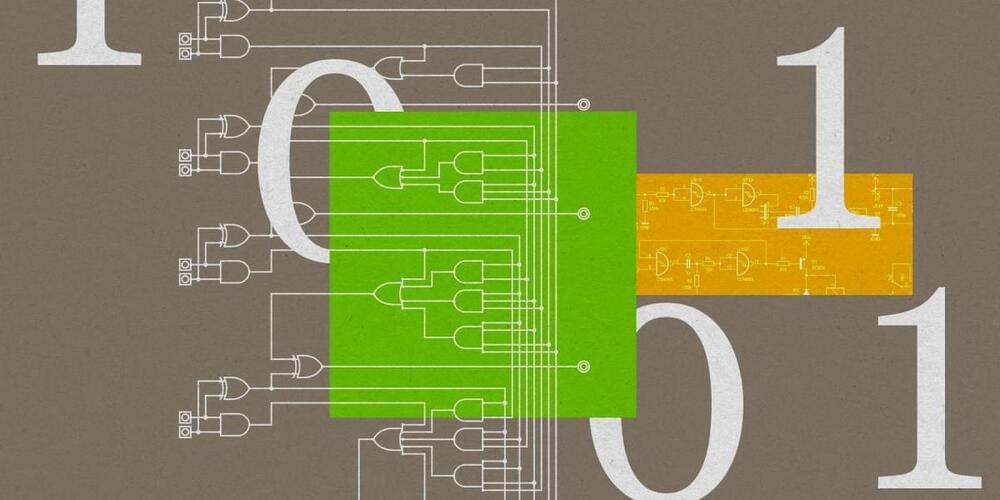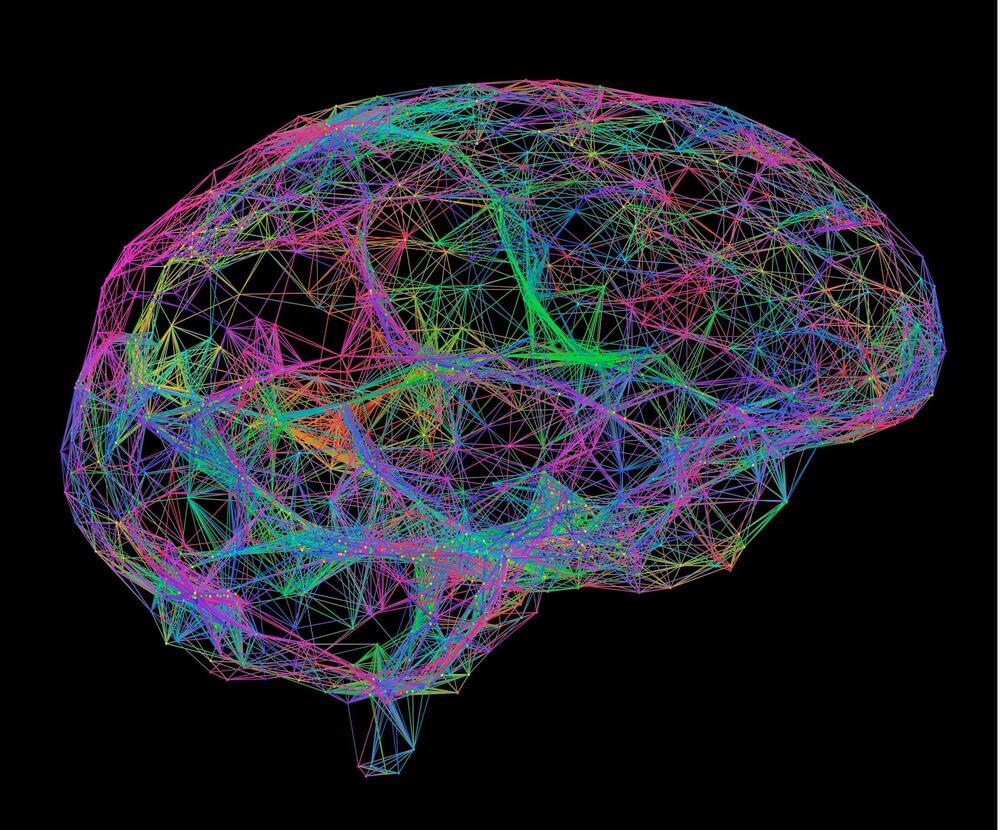Page 113
Dec 20, 2024
Zero-shot strategy enables robots to traverse complex environments without extra sensors or rough terrain training
Posted by Genevieve Klien in categories: physics, robotics/AI

Figuring out certain aspects of a material’s electron structure can take a lot out of a computer—up to a million CPU hours, in fact. A team of Yale researchers, though, are using a type of artificial intelligence to make these calculations much faster and more accurately. Among other benefits, this makes it much easier to discover new materials. Their results are published in Nature Communications.
In the field of materials science, exploring the electronic structure of real materials is of particular interest, since it allows for better understanding of the physics of larger and more complex systems, such as moiré systems and defect states. Researchers typically will use a method known as density functional theory (DFT) to explore electronic structure, and for the most part it works fine.
Dec 20, 2024
World first: Organic matter and water found on asteroid
Posted by Genevieve Klien in categories: particle physics, space
Most of Earth’s meteorites also trace their origins to S-type asteroids, yet they contain minimal organic material. This scarcity has made analyzing their organic content a significant challenge. In contrast, the Hayabusa mission’s meticulously curated samples are free from terrestrial interference, enabling groundbreaking studies of organic compounds.
Among the particles returned by Hayabusa, one named “Amazon” has proven particularly revealing. Measuring just 30 micrometers wide, Amazon offers a rare opportunity to investigate both water and organic content. Its unique shape, reminiscent of the South American continent, underscores its distinctiveness.
Amazon’s mineral composition includes olivine, pyroxenes, albite, and traces of high-temperature carbonates. These minerals confirm its origin as an S-type asteroid, linking it directly to ordinary chondrites.
Dec 20, 2024
The next generation of neural networks could live in hardware
Posted by Dan Breeden in category: robotics/AI
Researchers have devised a way to make computer vision systems more efficient by building networks out of computer chips’ logic gates.
Dec 20, 2024
OpenAI Unveils More Advanced Reasoning Model in Race With Google
Posted by Rx Sobolewski in category: robotics/AI
Dec 20, 2024
Dark energy ‘doesn’t exist’ so can’t be pushing ‘lumpy’ universe apart, physicists say
Posted by Shubham Ghosh Roy in categories: cosmology, physics
One of the biggest mysteries in science—dark energy—doesn’t actually exist, according to researchers looking to solve the riddle of how the universe is expanding.
Their analysis has been published in the journal Monthly Notices of the Royal Astronomical Society Letters.
For the past 100 years, physicists have generally assumed that the cosmos is growing equally in all directions. They employed the concept of dark energy as a placeholder to explain unknown physics they couldn’t understand, but the contentious theory has always had its problems.
Dec 20, 2024
New electron microscopy technique reveals complex spin structures at femtosecond timescales
Posted by Shubham Ghosh Roy in category: futurism
Plasmons are collective oscillations of electrons in a solid and are important for a wide range of applications, such as sensing, catalysis, and light harvesting. Plasmonic waves that travel along the surface of a metal, called surface plasmon polaritons, have been studied for their ability to enhance electromagnetic fields.
One of the most powerful tools for studying these waves is time-resolved electron microscopy, which uses ultrashort laser pulses to observe how these plasmonic waves behave. An international research team recently pushed the boundaries of this technique.
As reported in Advanced Photonics, the researchers used multiple time-delayed laser pulses of four different polarizations to capture the full electric field of these waves. This method allowed them to achieve a level of accuracy previously not possible.
Dec 20, 2024
Regenerative medicine: Revolutionising osteoarthritis treatment
Posted by Shubham Ghosh Roy in categories: biotech/medical, life extension

Dr Torbjörn Ogéus is a pain specialist with clinical experience in regenerative medicine. He has been treating tendons and osteoarthritis (OA) with growth factors for 15 years. 6 years ago, Ogéus did his first stem cell treatment for OA and recently published one of the first clinical studies in the world on exosomes and OA.
Dec 20, 2024
Scientists followed a mysterious signal — and found 2 black holes gorging on something like never before
Posted by Shubham Ghosh Roy in category: cosmology
While investigating a mysterious radiation signal unlike any seen before, astronomers may have uncovered a rare pair of binary supermassive black holes with a truly monstrous appetite.
Dec 20, 2024
Spatial Transcriptomic Clocks Reveal Local Cellular Interactions Influence Brain Aging
Posted by Shubham Ghosh Roy in categories: genetics, life extension, robotics/AI
Certain cells in the brain create a nurturing environment, enhancing the health and resilience of their neighbors, while others promote stress and damage. Using spatial transcriptomics and AI, researchers at Stanford’s Knight Initiative for Brain Resilience discovered these interactions playing out across the lifespan—suggesting local cellular interactions may significantly influence brain aging and resilience.
A new study was published in Nature in an article titled, “Spatial transcriptomic clocks reveal cell proximity effects in brain aging.”
“What was exciting to us was finding that some cells have a pro-aging effect on neighboring cells while others appear to have a rejuvenating effect on their neighbors,” said Anne Brunet, the Michele and Timothy Barakett Endowed Professor in Stanford’s department of genetics and co-senior investigator of the new study.















